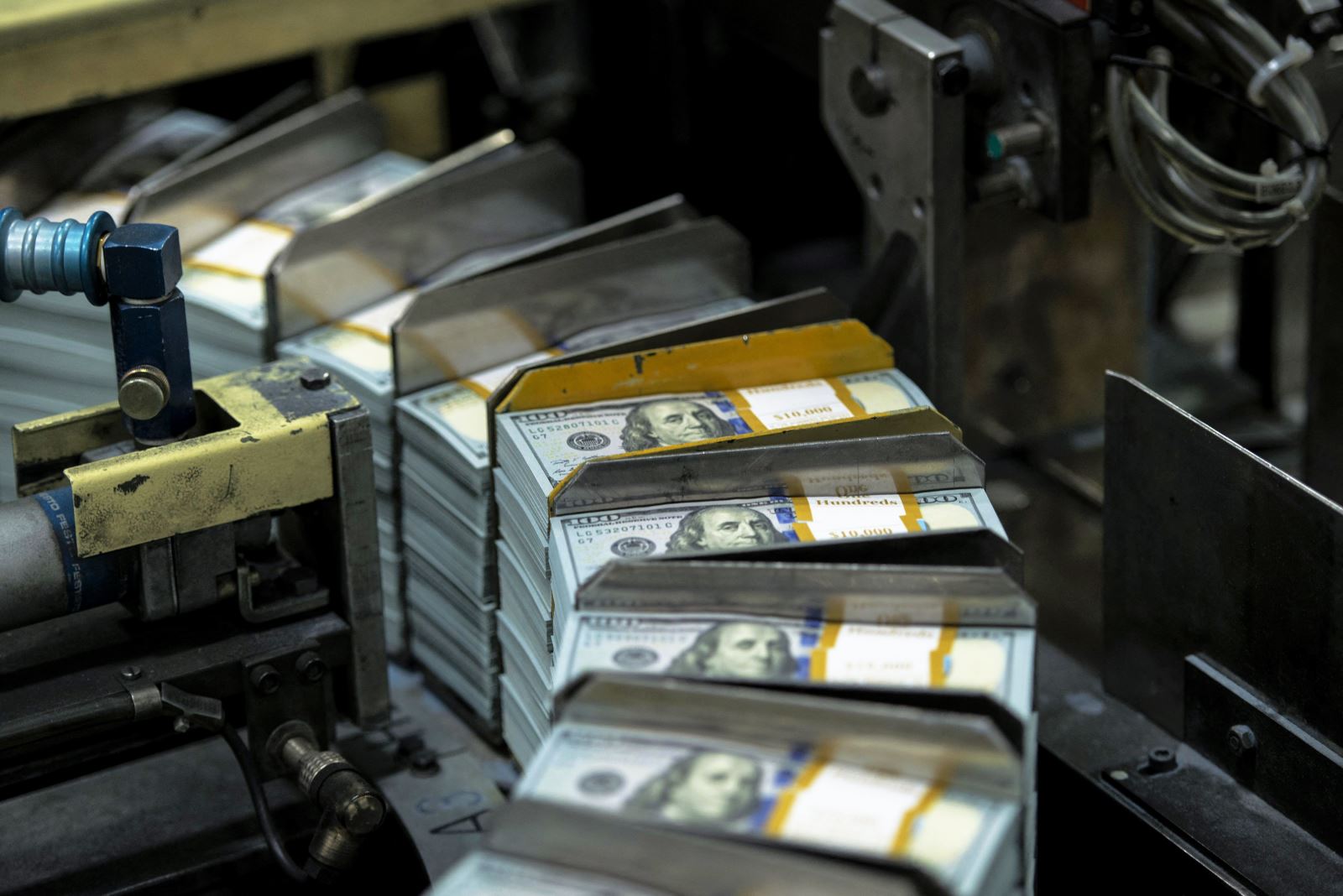
Market sentiment was dominated by concerns about trade tensions, turmoil in the US banking sector and a lack of economic data due to the US government shutdown.
At the end of the trading session on October 17, the USD index, which measures the strength of the greenback against a group of six major currencies, increased slightly by 0.17% to 98.43. However, for the whole week, this index decreased by about 0.43%, marking the sharpest weekly decline since the end of July 2025.
In terms of the dollar versus other currencies, the greenback was flat against the Japanese yen at 150.49 yen per dollar, but still posted a weekly decline. The yen's strength was reinforced after Bank of Japan (BoJ) Governor Kazuo Ueda discussed factors that could lead to a rate hike this month.
The euro edged down 0.17 percent on Friday to $1.16678, but the common European currency still posted its strongest weekly gain against the dollar in nine weeks.
Overall, the currency market has been volatile over the past week, mainly due to risk factors rather than economic data influences.
The first factor that cannot be ignored is the prolonged uncertainty as the US government has been shut down for 17 days, causing important economic reports such as weekly unemployment claims and employment figures to be delayed. This situation causes investors and the US Federal Reserve (Fed) to operate in conditions of "limited visibility".
Against this backdrop, US-China trade tensions have once again escalated. US President Donald Trump said his proposed additional tariffs of up to 100% on Chinese goods were “unsustainable”, but blamed Beijing for the latest deadlock in negotiations. However, he later tried to smooth things over by confirming that he would meet Chinese President Xi Jinping in South Korea in two weeks.
New risks
A new risk factor emerged this week as concerns about the US credit market emerged after US banks borrowed nearly $15 billion from the Fed’s Standing Repo Facility (SRF) in just two days on October 15-16. This was the largest loan since the COVID-19 pandemic, raising questions about the stability of the US regional banking system.
Meanwhile, despite the lack of significant economic data, expectations for further rate cuts by the Fed have increased. Data from the London Stock Exchange (LSEG) shows that the market is now betting on a total of 51 basis points of cuts by the end of 2025, up from 44 basis points at the start of the week.
Next week, the market promises to be much more exciting with a series of important economic events and financial reports.
In the US, earnings season will be in full swing with results from big names like Tesla, Netflix, Procter & Gamble (P&G), and Coca-Cola. Despite the continued federal government shutdown, the September 2025 Consumer Price Index (CPI) report will still be released as required by law. Experts predict a slight increase in the US CPI, but this will not prevent the Fed from cutting interest rates later this month.
In China, next week is an important week with the 4th Plenum of the Central Committee to discuss the 15th Five-Year Plan (2026-2030) that will shape the direction of the economy. In addition, a series of important economic data such as third-quarter GDP growth, retail sales and industrial production will be released.
Investors will also closely monitor Japan's trade and inflation data, two important factors ahead of the BoJ's interest rate decision on October 30.
Source: https://baotintuc.vn/thi-truong-tien-te/dong-usd-chiu-ap-luc-tu-cang-thang-thuong-mai-va-rui-ro-ngan-hang-tai-my-20251018093007929.htm


![[Photo] General Secretary To Lam receives the Director of the Academy of Public Administration and National Economy under the President of the Russian Federation](/_next/image?url=https%3A%2F%2Fvphoto.vietnam.vn%2Fthumb%2F1200x675%2Fvietnam%2Fresource%2FIMAGE%2F2025%2F12%2F08%2F1765200203892_a1-bnd-0933-4198-jpg.webp&w=3840&q=75)





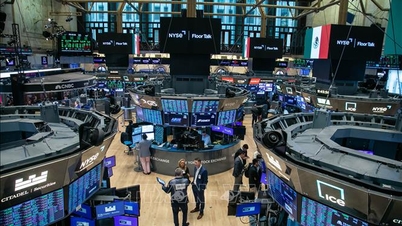
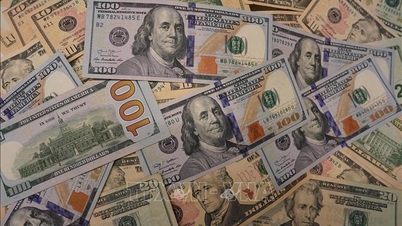
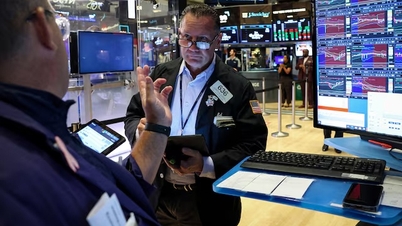


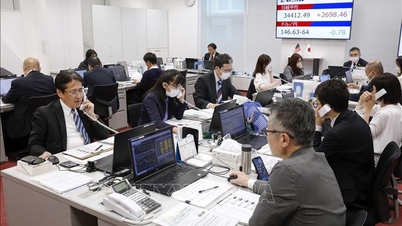
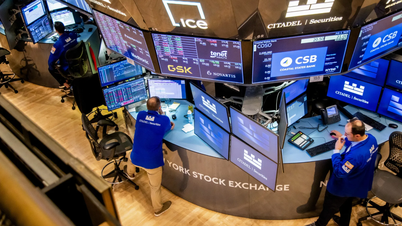































































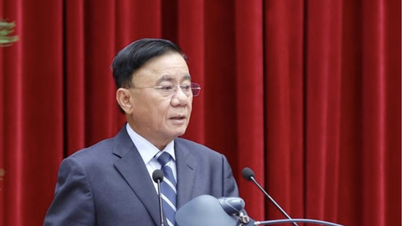


































Comment (0)